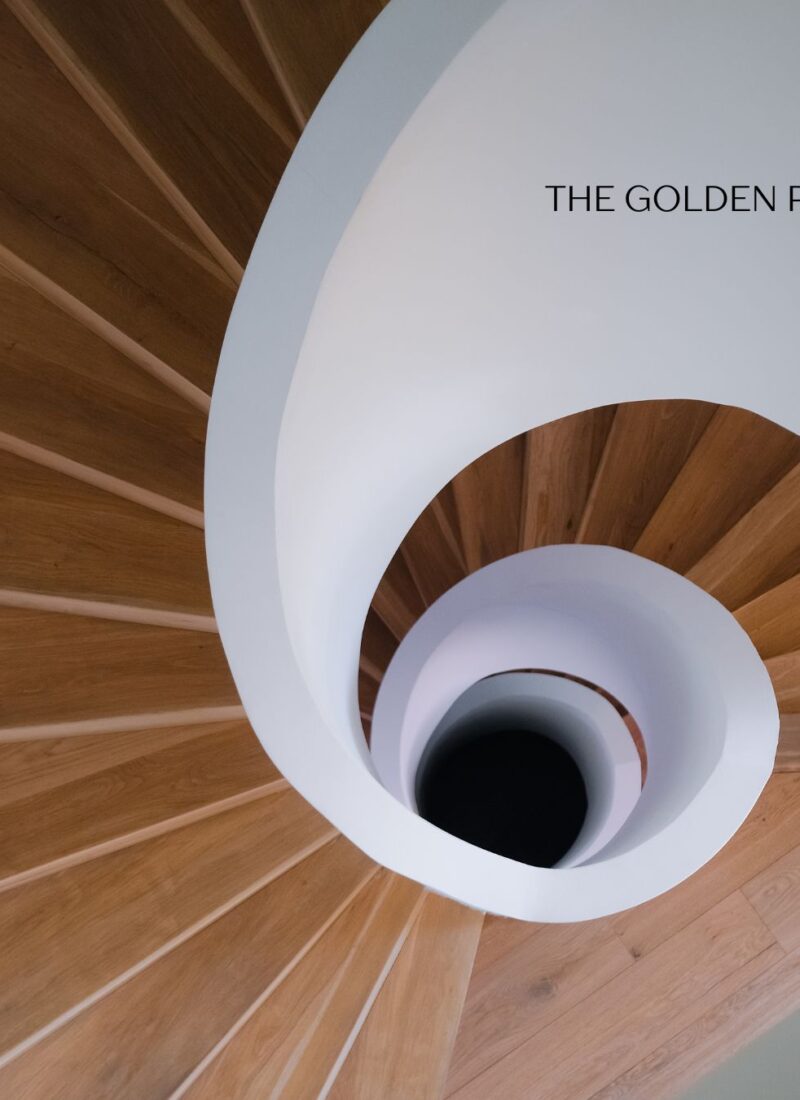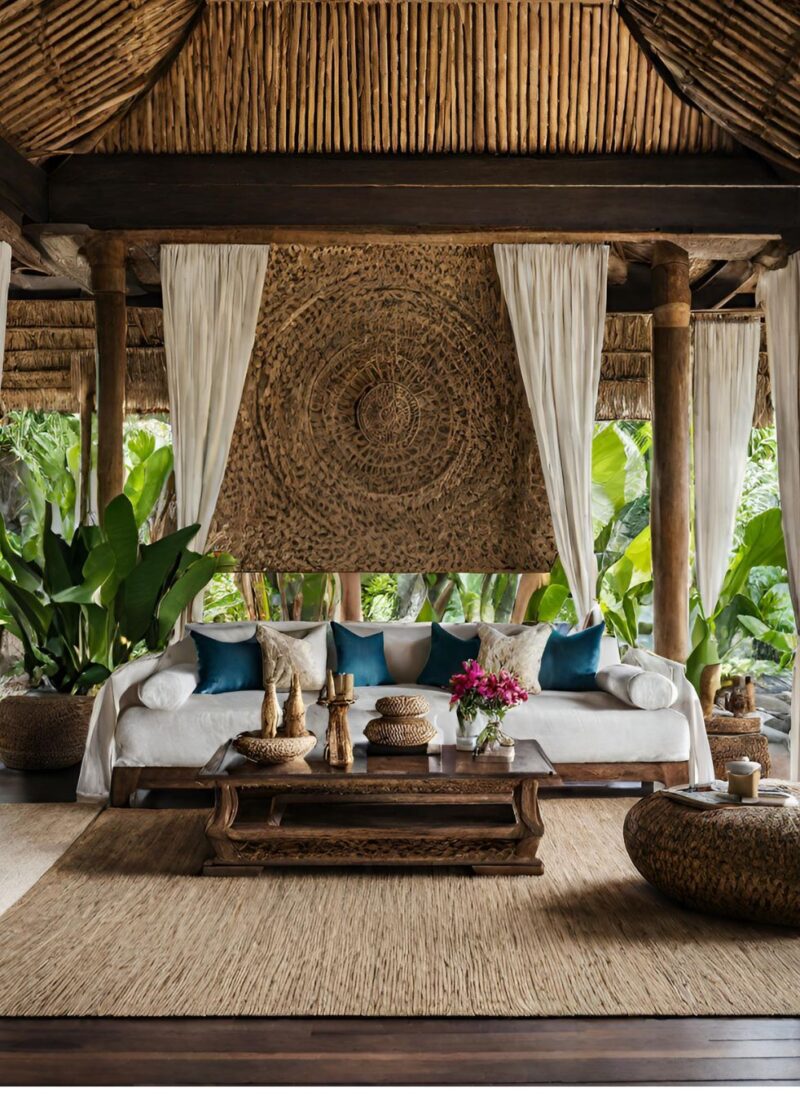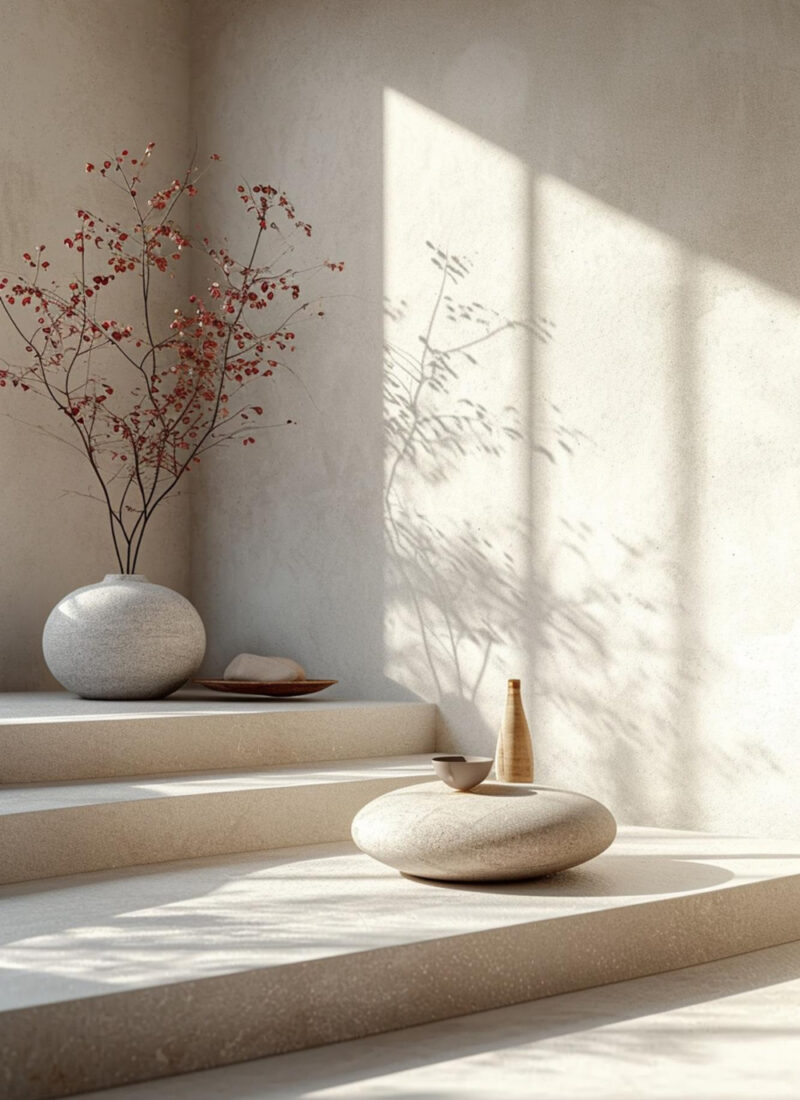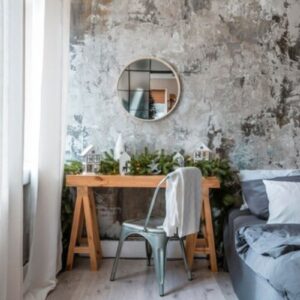There is nothing more controversial than Post Modern interior design. It on the other side of the spectrum of Modernism. How does this translate into interior design? In this article, you will understand why post-modern interior aesthetics lasted this long and how this design style captured a lot of people’s curiosity.
You will learn how to distinguish Post Modern interior design features as a primer. In this ultimate guide to postmodern style, you will learn several tips to try the Post Modern interior design style. Are you ready to dive into what Post Modern interior design is all about? Shall we begin?
What Is Post-Modern Interior Design?
The principle behind the Post Modern interior design is to break free the clutches of the rigid and rational Modernism movement. Eclecticism, for the Post Modern design, is the new norm. Colors became bolder; lines more curvaceous and unpredictable. At its core, it was a rebellion of conventions, ushering a new understanding of what design is all about.
Photo by Sidekix Media on Unsplash
Postmodernism in interior design is a multifaceted gem where many design principles contradict one another yet somehow amalgamate into one cohesive design that can be theatrical and radical. To simplify what this design movement is all about, you need to look the two key principles governing it: contradiction and complexity, which paved the way to design being deconstructed, and make it look unplanned. Materials used in this design are also unconventional.
Brief History of Post-Modern Interior Design
Post Modernism, or Po-Mo, is the antithesis of the Modernist art movement. Whereas the latter is known for its functionality and utilitarianism, Post Modern design style embraces form and individualism, resulting in a funky fusion of color, lines, and texture. Post-Modern interior design had its heyday between the 1970s to 1990s, with its peak during the loud and colorful 1980s.
Photo by Jens Behrmann on Unsplash
It was the Bohemian culture of the 60s that paved the way to Post Modern interior design of the 70s. Much of the aesthetics can be attributed to the Memphis Group, a Milan-based design group that started adding bold and bright elements into their furniture pieces and other artworks. The flower power, free love that defined the Bohemian 60s were the inspiration behind the postmodern interior design.
By the 80s, Post modernism took two other forms, punk art and the luxurious designer age, where everything is a statement.
Recent Post: What Is the Urban Style Interior Design
Features of Post Modern Interior Design
Now that you need to move on to the Postmodern interior design characteristics. In this sections, you will know what makes up this design style.
Photo by Ashley Byrd on Unsplash
An Amalgamation of Contradiction and Complexity
Simplicity is far from the definition of the Post Modern interior style. This design is meant to standout from the crown. That being said, one should expect awkward angles, unnecessary curves and even broken lines. This is a harmony of asymmetry.
Asymmetry
Post modern design boasts of creating unique shapes, that is, combining interesting silhouettes with geometric lines that results to unusual angles and shapes. Pop culture is used as design references so feel free to add action figures to your mix or use street art to accentuate a room.
Boldness
Photo by wewe yang
Postmodern design is never meant to be hidden or blended into some background. It’s loud and it wants to be out. Each piece and color is meant to standout. Colors are often saturated; patterns are out of this world, and color combinations are expected to clash with each other. It was rebellion to convention so this kind of design shouts for attention.
Form and Function Don’t Go Well
Design elements become superfluous- and most of the time, they become pure ornamentals. Just designs.
A Visual Art
Photo by Xie Yujie Nick on Unsplash
At the end of the day, Post modern interior designs magnify what is ordinary so that becomes so extraordinary. One fine example is creating a statement piece of a door instead of just a block of wood attached to a body of a house. A simple door becomes some sort of an art that becomes aeshteticallty a sight to behold. The onlooker would wonder what’s behind the door just because of how the door was designed.
Pop Art
Take a good look at a Mondrian or Warhol art and you’d get the picture of what constitutes the bold colors for the Post Modern design. But take note that the mid-century uptake on this design movement is now less on the bright splashes of color. It gears more on to the warm neutrals and muted pastels; however, the way these colors are applied are far different from other interior design styles that uses neutrals to highlight an accent color.
You use these neutrals and pastels extensively so much so that these pop out and play in contrast to other main colors. Warm neutrals are reminiscent of the laid-back 70s while the pastels would definitely remind you of classic candy pop 80s. But then again, if you want to go bold, do so. Your design space is your oyster, so to speak. A great way to pay homage to this design is to include the modern palette with retro shades like avocado green, mustard yellow or burnt sienna. But here’s the fun part: Never limit yourself to these colors. Break those rules.
Graphic Patterns
Graphic patterns work well with Post Modern design. Such designs can help you define the lines or curves you need to create one such look. You can go with bold contrasting colors or the black-and-white color combination.
Texture
The unorthodox way of using surprising materials is one of the postmodern interior design characteristics. Salvagedf and distressed materials are common design textures and so are leather, glass and plastic, among others. Since there are no hard and fast rules for the kinds of textures in this design, feel free to add velvet, knitted fabrics and fur as much as you like.
Furniture
The good thing about the post modern interior design is you can combine two seemingly different furniture pieces and expect cohesion. Say. you pair a gravity-boggling chair with an Art Deco sofa- and that’s a good thing. Congratulations. You’ve broken the rules. But it’s okay because it’s still cohesive and within the realms of post modernism. Afterall, Art Deco was a major design inspiration of the 80s while the large sofa is straight up from a 70s design. A modern interpretation of the Post Modern interior design means juxtaposing the organic shapes with more sleeker geometric lines.
Post Modern Interior Design Tips
Add a Cesca chair to your design. This chair was designed by Marcel Breuer for his daughter Francesca. This shouts Art Deco.
Photo by Pixabay
Find ones with steel frame. Pair this with a small dinner table made of light oak. This would be a perfect add-on to any breakfast nook designed in Post modern style.
Add a Togo chair as an accent piece to your living room. This is an ergonomic chair designed by Michel Ducaroy in 1973. This is very low to the ground with distinct curvature and folding crevices. All in all, this chair looks like a deflated balloon.
Learn More About: What Is Mediterranean Interior Design
Add a vibrantly colored sofa to your space. Combine this with an oddly-shaped coffee table to for a nod to the 80s uptake on Post Modernism.
You can also surprise your guests by combining two sets of dinner chairs placed side by side with the dinner table. This is your moment to play around with your design, and yes, you are allowed to break those design rules.
Take a nod to the Memphis design by designing an overall punchy and pastel room. Pair a bright blue cushion with a bright red accent chair and place a bright yellow table next to it. You get the drift.
Add a frilly acrylic frame to your mirror, then, illuminate it. This feature can be played in three ways. This can be your mirror, or one of your living room’s accent pieces or use it as a lamp. Use pink acrylic frame so you get great pink glow which you can use for your Instagram.
Never overdo it. While you have the freedom to add more, decorating your room in Post Modern design means combining several design styles in a cohesive manner. Don’t go all-out because Post Modern design is more form. Your space might look too “designed” and not liveable at all. The key is being versatile with your pieces.
A lot of PoMo materials are cold and hard to the touch. Balance this out by pairing it with clunky furniture with soft finish. Of course, there’s always the surprise-me route. One fine example is to combine a chunky sculpture with a chair made of rattan. You can also go luxurious and channel the luxurious 80s vibe by pairing velvet with white sculpture.
A neutral base gives you a lot of secondary and accent colors to play around with. But if you want Post Modern interior design with bright colors, feel free to do so. But make sure that you limit your color palette to three main colors.
To End
Post Modern interior design movement is a colorful expression of art. This design style is not just a single design aesthetics but a combination of many sub-design styles that all express freedom of thought and celebrate uniqueness. Is Post Modern interior design for you? Share with us your thoughts in the comments section.




